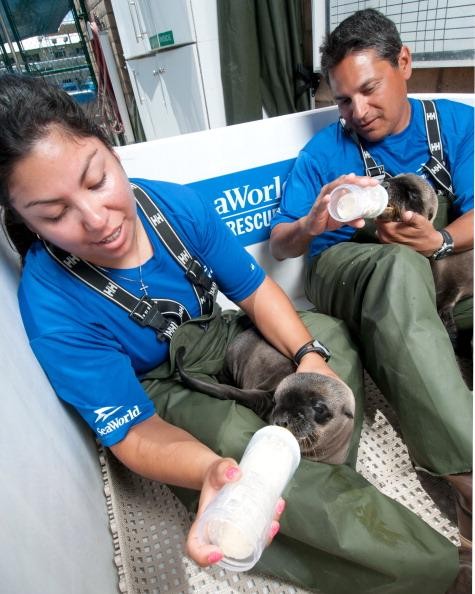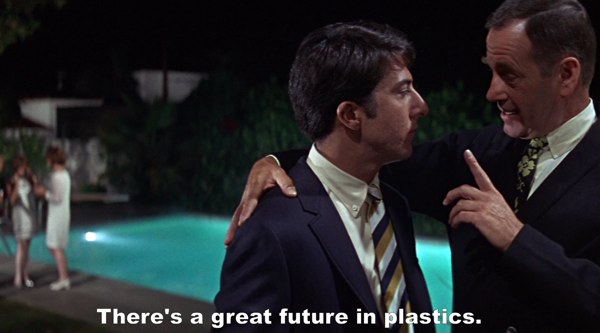Take Your Kids to the Beach
In recent weeks, beach-goers from Santa Barbara to San Diego have discovered over 1,000 dead and dying sea lion pups on the beach. Apparently undernourished from birth, these pups did not put on enough blubber from mother’s milk, and once weaned, failed to find enough to eat on their own.
Without an adequate layer of blubber, sea lions cannot maintain the body temperature that a warm blooded mammal needs to survive in the cold water, so they come up on the beach to sun themselves, and warm up. Unfortunately they don’t find anything to eat on the beach either, and eventually they expire from starvation.
Wildlife rescuers in Southern CA have been overwhelmed with calls about these poor pups, but there’s little they can do. No one has the facilities to care for hundreds of starving sea lion pups. Everyone equipped to handle sea lions, has their hands full right now. Sometimes they relocate the pups to more secluded beaches, in hopes that they will find more food. Sometimes they euthanize the animals.
Last year, persistent readers will recall, I wrote about starving pelicans here on the Northern CA coast. Pelicans and sea lions both eat fish, or at least they would, if they could find them. These deaths are not the result of some exotic new disease spreading through the ecosystem. These deaths indicate a precipitous drop in the ocean’s fecundity. It’s a very bad sign. I don’t want to call it a “wake-up call”, because so many so called “wake-up calls” have gone unheeded, so I’ll simply call it another ghastly, heartbreaking consequence of deliberate human indifference to the natural world.
At least people see them. People should have to see this kind of thing. Take your kids to the beach. Show them a dying sea lion pup, starving to death on the sand. Explain to them that because we’ve replaced most of the phytoplankton in the ocean with pulverized plastic from soda bottles, shrink wrap, plastic bags, toys, medical equipment, electronic gadgets, car parts etc etc, the ocean can’t provide enough oxygen or food to support as much life as it did fifty years ago, or even ten years ago.
Remember that famous scene in The Graduate, where the older businessman whispers to Dustin Hoffman one word of advice for his future? “Plastics”, he says. Around the same time Andy Warhol predicted “The Exploding Plastic Inevitable”. With the ubiquity of plastic today, it’s hard to remember a time when soda came in returnable, not recyclable, glass bottles, when they made car bumpers out of chrome plated steel instead of easily shattered plastic, and when electronic devices had metal or wood cabinets, and lasted for decades.
Fifty years later, an island the size of Texas, newly recognized by the United Nations as “Garbage Island”, composed almost entirely of plastic, has formed in the Pacific Ocean. Today, plastic has its own homeland, and it grows every day. Every day, tons of plastic debris finds its way into the Pacific Ocean to make the pilgrimage to Garbage Island. Over the course of decades, endless churning, salt water and sunlight slowly pulverize it into microscopic bits.
These microscopic bits of inorganic, non-biodegradable plastic absorb sunlight, preventing it from penetrating the ocean’s depths and choke off phytoplankton, the foundation of the ocean food chain, and the source of most of the world’s atmospheric oxygen. In less than half a century, about half of all the phytoplankton in the Pacific Ocean has been replaced by these microscopic bits of plastic.
Oddly, considering how long plastic lasts, plastic has become the foundation of our disposable economy. Almost nothing lasts longer than plastic, and almost nothing can digest it. Yet, we produce billions of one-time-use products from it, every year. When burned, plastic produces deadly bio-accumulative carcinogenic poison, in landfills it lasts almost forever, and in the ocean, it gets ground into fine floating particles that choke out life.
No, it’s not a wake-up call. It’s too late for that. Go to the beach. Look those pups in the eye as they die of starvation, and explain to your children what has happened in your lifetime. Tell your kids that fifty years ago, they would have seen thousands of healthy sea lions, as well as seals and otters, and that there was plenty of fish for all of them to eat. Tell them that for every bird they see, there were once twenty or forty, but that they all died so that you could live a high-consumption, middle-class fantasy, and now, even that fantasy is dying.





















